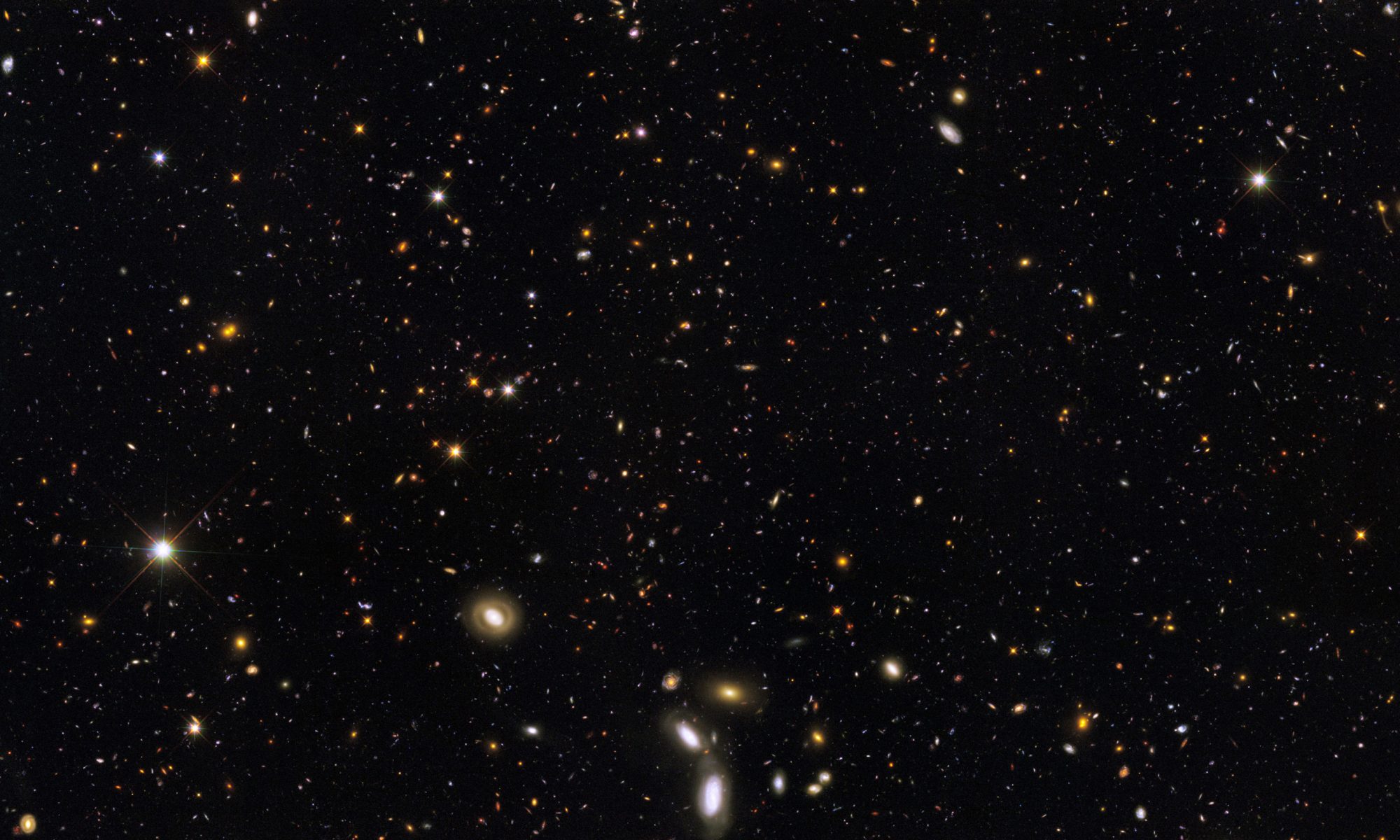Pound writes in his essay “A Few Don’ts by an Imagiste” that “an image is that which presents an intellectual and emotional complex in an instant of time” (200). In the next issue of Poetry, Pound provides a succinct example with his poem “In a Station of the Metro.” Each line presents an intricate image, and to extend Pound’s imperative, creates that “emotional and intellectual complex” in the interplay between the two images:
In a Station of the Metro
The apparition of these faces in the crowd :
Petals on a wet, black bough .
The reader is immediately shaken of expectation by the word “apparition,” which envelopes the rest of the line with that ghostly quality and also serves as ephemeral contrast to the concrete expectations set up by the title. The word there also serves to de-individualize the faces that follow, instead focusing the image on the shape of these faces among the crowd. In the second line, that soft focus of the image is rewarded with the parallel shape of petals. The reader, either consciously or not, makes a direct linkage between the oval/teardrop shape of a face and the similar shape of a petal. Images of faces and petals become a dialectical space that offers much more content than the literal words on the page. The space becomes even more complex when the reader continues along the second line, with the contrast of petals against “a wet, black bough.” The contrast here connects to several external complexes as well. The first is that, in order to contrast against the black branch, the petals in question must be lightly colored or white, and this reflects back to the faces in the first line, faces of a privileged Western country (France). The “black bough” itself also reflects to the first stanza: with faces (read “people”) come bodies, and if those bodies are the “black bough” behind the petals, then they must also be a primarily dark color, most likely because of clothing. The third external reference relies on the single word “wet,” which must reflect on the external conditions of the poem, or in other words, rain. Pound uses two images here to capture all of this meaning, and relies on only the one grammatical device: a colon. There is plenty of internal and slant rhyme occurring in the two lines as well, but these do not serve to control the poem. Instead, the reader is moved back and forth between these two lines, and across the associated “complex” (or dialectical space) created between them, in an almost instantaneous and intuitive manner. The images are controlling the movement of this poem very clearly and forthrightly. Even if a reader cannot voice the specific things the images are conveying, she will still “get it.”
Haiku move in a similar way. The presentation of images tends to be modulated by a minor amount of syntactical or narrative control, yet the primary movement of the poem is controlled through the images themselves. There are many, many examples of haiku available that work in this way, but significant insights can be made by evaluating several translations of the same work. Basho’s haiku have been translated many times by various English-language poets, and by placing some of these different translations side-by-side, both benefits and detriments of the image control of movement can be seen:
| Beilenson | Blyth | Stryck |
| Here where a thousand captains swore grand conquest Tall grasses their monument. |
Ah, summer grasses! All that remains of the warriors dreams. |
Summer Grasses all that remains of soldiers dreams. |
These three translations of Basho’s “Summer Grasses” present two strikingly different interpretations. While R. H. Blyth and Lucien Stryck offer similar interpretations, varying only by word choice and tone indicators, Peter Beilenson’s interpretation differs substantially. Blyth and Stryck both offer concise, dually-natured images that only fully realize the intellectual-emotional complex when the first and third lines are put in dialectic with each other. Beilenson, on the other hand, seems to take a narrative approach to the haiku. The issue with conflating the narrative movement with the image movement in this case is that Beilenson has only succeeded in diluting the effects of the two images, removing the dialectic and thus limiting the intellectual-emotional complex. The result is that his translation becomes less active in the imagination of the reader, more straightforward, and misses the chance to draw a comparison between a grassy field and a field of gravestones. A similar result is seen in translations of Basho’s “Moon and Clouds:”
| Beilenson | Blyth | Stryck |
| Glorious the moon therefore our thanks, dark clouds come to rest our necks. |
From time to time The clouds give rest to the moon beholders. |
Clouds – a chance to dodge moonviewing. |
In the case of these translations, however, Beilenson’s longer interpretation serves to create a greater field for the dialectic, and thus for the intellectual-emotional complex. Although Beilenson again resorts to the narrative impulse, in this particular poem that impulse results in an additional third image. All three translators convey the primary images of the moon and clouds (although the indirect presentation of the moon that Blyth and Stryck use may be the failure in those translations), but Beilenson additionally offers the image of “rest[ing] our necks.” This third image, opens up the common parallel between clouds and pillows, creating a broader field for the dialectic to work within and control movement. Even though Beilenson proceeds in a lyrical narrative manner, similar to the way in which he translated “Summer Grasses,” this translation is more successful than the other two because of his direct address of the multiple images.
